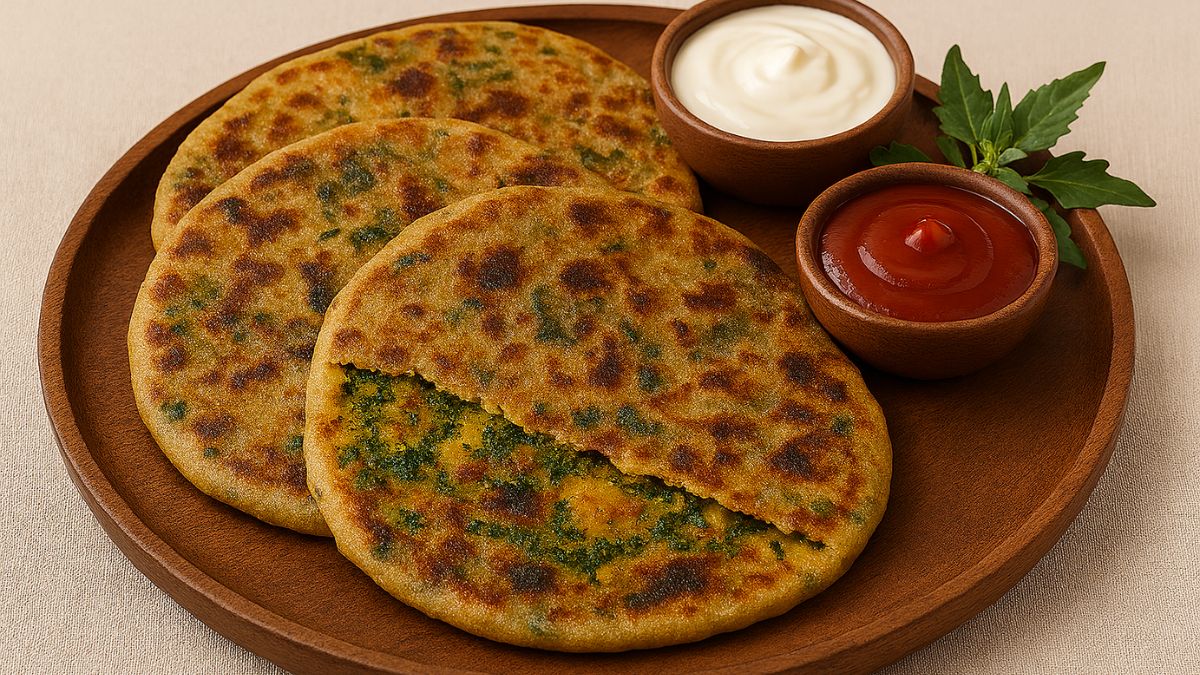When it comes to cooking, an omelette may seem like the simplest dish to make. All you have to do is crack eggs, season them, and cook them in a hot pan. It is that easy or at least it looks that way. However, anyone who has tried making one at home knows how quickly things can go wrong. Sometimes the edges burn before the centre cooks, sometimes the eggs turn rubbery, and other times the omelette sticks and refuses to fold. Of course, we can always order a variety of omelettes from a favourite food delivery app to save our taste buds. That is easy and hassle-free. But what if you are trying to make a quick and nutritious breakfast while short on time? For those moments, these tips can help you avoid common omelette disasters and achieve breakfast perfection.
Also Read:Breakfast Special: 4 Classic Egg Breakfast Recipes That You Can Make In The Microwave
How To Make Omelette At Home | Easy Omelette Recipe

Photo: Unsplash
Ingredients:
> 2 eggs
> Salt and pepper to taste
> 1 tablespoon butter or oil
> Optional fillings (e.g., cheese, vegetables, or herbs)
Steps:
Beat the Eggs: Whisk 2 eggs in a bowl with a pinch of salt and pepper until fully combined.
Heat the Pan: Heat 1 tablespoon of butter or oil in a non-stick pan over medium heat.
Pour the Eggs: Pour the egg mixture into the pan and cook until the edges begin to set.
Fold and Serve: Add your desired fillings, fold the omelette in half, and cook for another minute. Serve hot.
If you have struggled to make an omelette at home, the following mistakes could be the reason.
5 Omelette Mistakes You Should Avoid At All Costs
1. Beating the Eggs Incorrectly
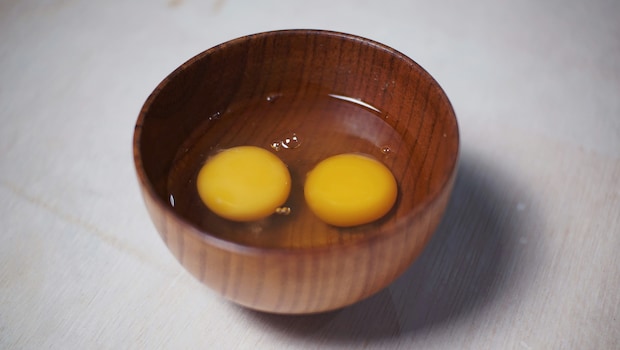
Photo: Unsplash
For a fluffy omelette, how you beat the eggs is crucial. Over-beating introduces too much air, making the omelette flat when cooked. Under-beating leaves streaks of yolk and white, resulting in uneven texture. The correct approach is to whisk until the mixture is even and slightly frothy. Adding a pinch of salt helps break down the proteins for a smoother blend.
2. Cooking on High Heat

Photo: Unsplash
High heat may appear to be a shortcut to a perfect omelette, but it often causes burnt outsides and raw insides. Eggs require gentle heat to cook evenly. A medium or medium-low flame allows the proteins to set gradually while retaining moisture. If you hear a loud sizzle the moment you pour in the eggs, the pan is too hot. Lowering the heat ensures a tender, golden omelette rather than a leathery one.
3. Using the Wrong Pan
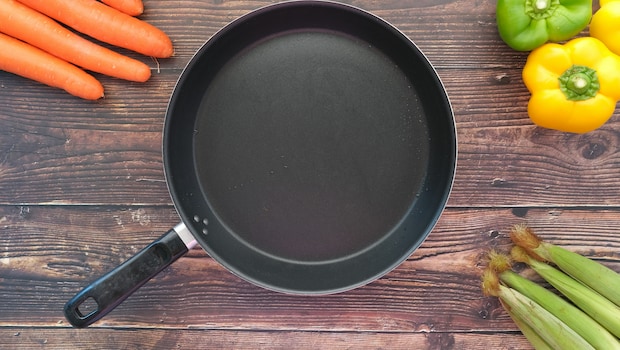
Photo: Unsplash
The pan matters as much as the eggs. Non-stick pans prevent sticking and require less fat. A heavy-bottomed pan also distributes heat evenly. Avoid oversized pans as they spread the eggs too thinly and make folding difficult. Using the right pan can be the difference between a perfect omelette and a breakfast disaster.
4. Overloading the Fillings
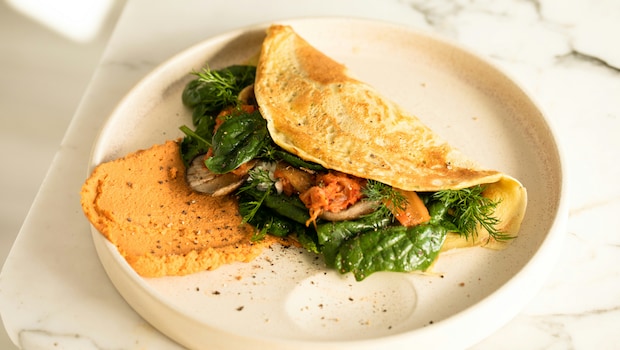
Photo: Unsplash
Cheese, vegetables, and herbs enhance flavour, but too much can spoil the omelette. Excess fillings make folding impossible, and watery vegetables such as tomatoes or mushrooms can make the omelette soggy. The solution is to pre-cook moist vegetables and use fillings sparingly. A light layer of cheese, a small handful of sautéed vegetables, or a sprinkle of herbs is sufficient to maintain balance.
5. Overcooking the Omelette
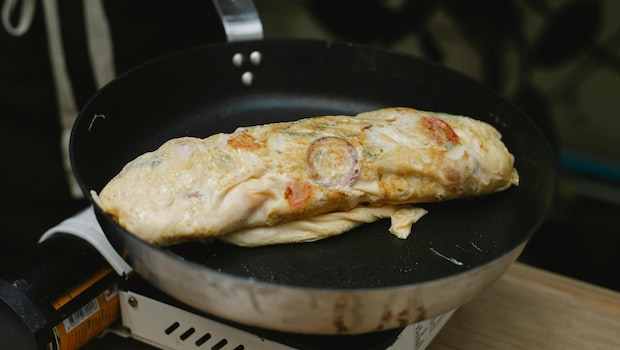
Photo: Pexels
The most common error is leaving the omelette on the heat for too long. Eggs continue to cook even after being removed from the stove. Waiting until the top is fully dry results in a rubbery texture. Instead, remove the omelette when the centre is slightly creamy and let residual heat finish the cooking.
Following these tips allows you to make the perfect omelette at home. However, it still requires practice. If you do not get it right the first time, do not worry. You can always order different types of omelettes from a food delivery app and have them delivered to your doorstep.
Also Read: Egg Keema Pulao, Mughlai Egg And More: 5 Delicious Egg Recipes For Dinner
Quick Tips for the Perfect Omelette
Use room-temperature eggs for better whisking.
Always season the eggs before whisking, not after.
Cook on medium-low heat for even cooking.
Stick to a non-stick pan for easy flipping.
Remove the omelette from heat while the centre is still slightly soft.
Use 2 to 3 eggs for a single serving for a fluffy but manageable portion.
A dash of water helps make the omelette light and fluffy; cream or a little cheese is better than milk for creaminess.
Use butter for flavour and golden edges, oil for higher heat; a combination of both works best.
Disclosure: This article may contain links to third-party websites or resources. However, this does not affect the integrity of the content, and all recommendations and views are based on our independent research and judgment.
About Nikita NikhilMeet Nikita, a passionate soul with an insatiable love for two things in life: Bollywood and food! When she's not indulging in binge-watching sessions, Nikita can be found behind the lens capturing moments or expressing her creativity through painting.


